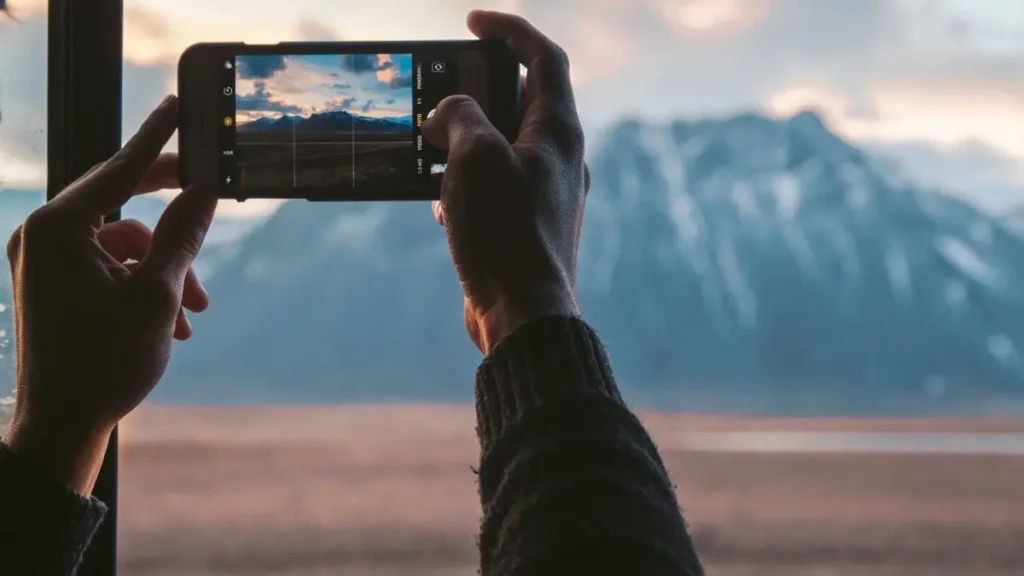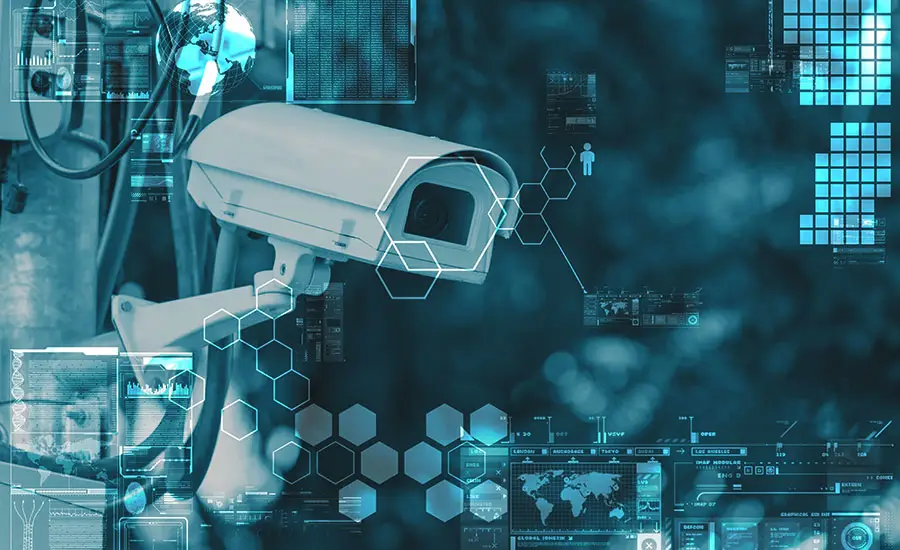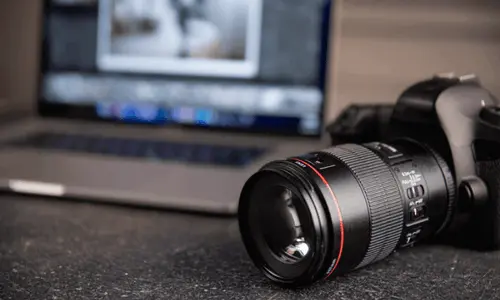What Is AI Camera? What are its Benefits and Advantages?
Table Of Contents
So, what is an AI camera in simple words ai camera improves the quality of photos by simplifying and optimizing various functions. automatically with just a few clicks. Features like automatic face focus detection, scene recognition, and post-processing improvements can benefit from its assistance.
Did you know that, without applying multiple filters, you’re automatically adding more allure to your photos? Are you aware that your cherished memories are being magically enhanced by an AI camera? Read this article to discover how to capture remarkably quiet photos.

After going through this post, you’ll also understand how AI is utilized in DSLR cameras, smartphone cameras, and security cameras. So, let’s start without wasting any time.
What is Artificial Intelligence (AI)?
First of all, we need to know about AI because to get the concept of AI is important before learning about AI cameras. Simply Artificial intelligence (AI) refers to the mental processes, judgment, task execution, and problem-solving abilities of digital computers or computer-controlled robots. Put simply, artificial intelligence (AI) is the ability of a computer program with human-like reasoning skills, and pre-programmed complex algorithms.

It’s a method that gives machines the ability to function and think like people. Pre-built AI algorithms help with machine learning (ML), deep learning (DL), natural language processing (NLP), and natural language understanding (NLU).
What is an AI camera?
It is made up of AI-based algorithms that teach computers to comprehend the fundamentals of photography by learning from past errors. Nowadays AI in photography plays a crucial role in editing images etc Just like Remini Mod Apk this app works on an AI automatic photo enhancer. AI can use a database to improve camera settings based on the size, shape, context, and genre of items in a photograph. It can distinguish between living and non-living objects and recognize an image’s foreground and background.
When shooting a picture, it uses human-like reasoning and analysis to modify contrast, light range, colors, shadows, and highlights to create an amazing image. Exynos processors enhance camera settings based on various scenarios, such as deserts, sky, buildings, beaches, and flora, by utilizing pre-existing databases.
Functions and Technical Specifications Of AI-Cameras
The Artificial Intelligence subset known as Machine Learning (ML) enables the Neural Processing Unit (NPU) to recognize various objects in AI cameras. The powerful performance needed for smartphone cameras is provided by the neural processing unit. Internet service providers can now automatically adjust camera settings thanks to NPU.
Because of this, AI cameras can identify various objects and allow us to search for our pets using keywords. Thanks to this function, cameras can take photographs without capturing unnecessary information by distinguishing objects from the backdrop.
AI security camera: what is it?
The AI security camera is a specialized network IP camera with artificial intelligence software to identify various things. Our Viewtron AI security cameras are capable of identifying vehicles such as automobiles, bikes, lorries, and people. The version of license-based recognition can identify license plates.
A few decades ago, there weren’t many options for home security or security cameras. One example is the Lighthouse AI security cameras, which could recognize any new face and react by creating a sound. However, it’s currently a well-known public space that can host all-day videos for a month.

Athena’s AI security cameras can manage actions at gunpoint. These cameras are linked to other security systems, such as doors and elevators, and are watched over by smartphone apps. If a security camera spots a shooter, it triggers the automatic closing of doors and notifies owners via a mobile app.
What Is The Role Of AI in DSLR Cameras?
Artificial Intelligence is not just for cell phones. AI has also been introduced to DSLRs by Olympus E-MIX, going one step further in detecting various objects. AI allows it to continue learning on its own, so when a guy smiles, it can take a shot automatically and eliminate red eyes.

DSLR ND filters reduce light density without altering the color of the light, just the way glasses do. Additionally, when taking a picture, it extends the exposure period to 10 seconds. Additionally, AI makes it possible for Apple’s pro-capturing capability to take pictures both before and after the photo-like snap.
Key Features of an AI Cameras
An AI camera has the following fundamental functions and effects:

Facial Recognition
The hair, nose, eyes, lips, and skin are among the face organs that AI computers can identify swiftly and automatically. I was surprised when I erased my beard and then unlocked my face-locked smartphone. That implies that AI systems, built on a plethora of data, can identify human faces even when they change.
Originally employed to identify the center of attention in a situation, facial recognition technology is now commonly seen in security cameras. It can tell a person from the backdrop and allows the camera to focus on important objects and take a photo.
Effect of Optical Zoom
AI software supersedes physical optics in AI-based cameras, which is why a single lens functions as many as two or more lenses. AI software mimics the effects of an optical zoom, allowing us to get up close and personal with items.
Furthermore, because of its 8:1 light ratio and one-step-ahead highlight suppression, MF-HDR algorithms can capture more details about a scene. With a wider variety of hues, highlights, and shadows, it provides discernible detail.
AI camera’s Bokeh Effect
It is now possible to replicate the bokeh blur effect on an image to enhance its beauty and appeal without the need for a DSLR camera or two lenses.
Our smartphone cameras’ AI algorithms can distinguish the primary image from the foreground and background, and blur the backdrop to provide an effect of a portrait.
Photography via Computation
Computational photography is handled by AI cameras, saving us hours on Photoshop or Lightroom apps. In computational photography, an image-processing machine algorithm operates in layers to interpret and improve collected photos.
They are also capable of taking artistic portraits using black and white backdrops, which is another aspect of computational photography.
AI-Powered Smartphone Cameras’ Advantages
Top 7 Best Smartphones With Effective AI Cameras
Conclusion
AI cameras’ sophisticated algorithms automatically adjust the camera to the best settings for various scenarios. Employing facial focus technology to automatically eliminate wrinkles and imperfections, enhances the appeal of our unforgettable images. By identifying weapons and unusual people, AI also assists security cameras in preventing gunpoint incidents.






